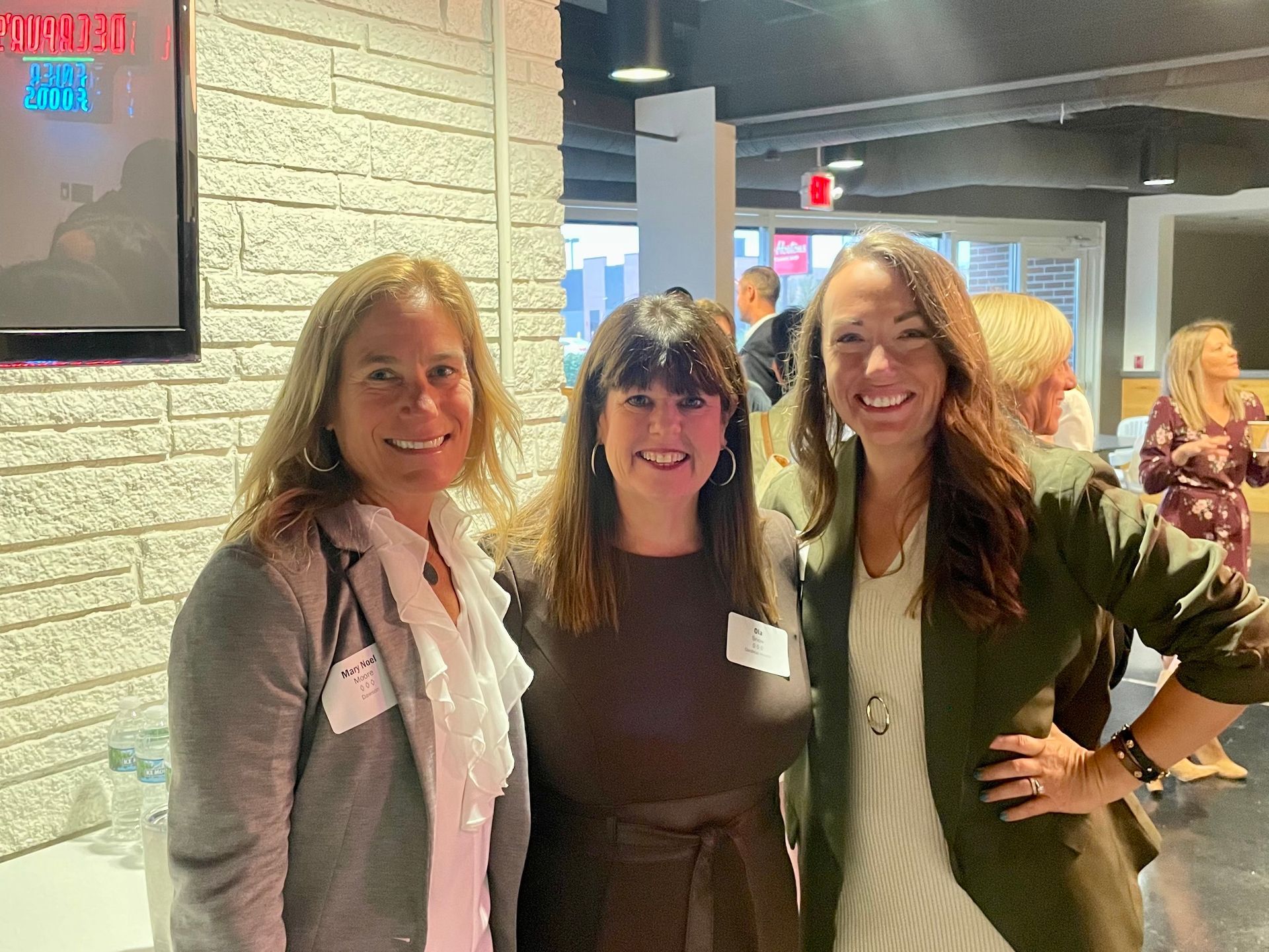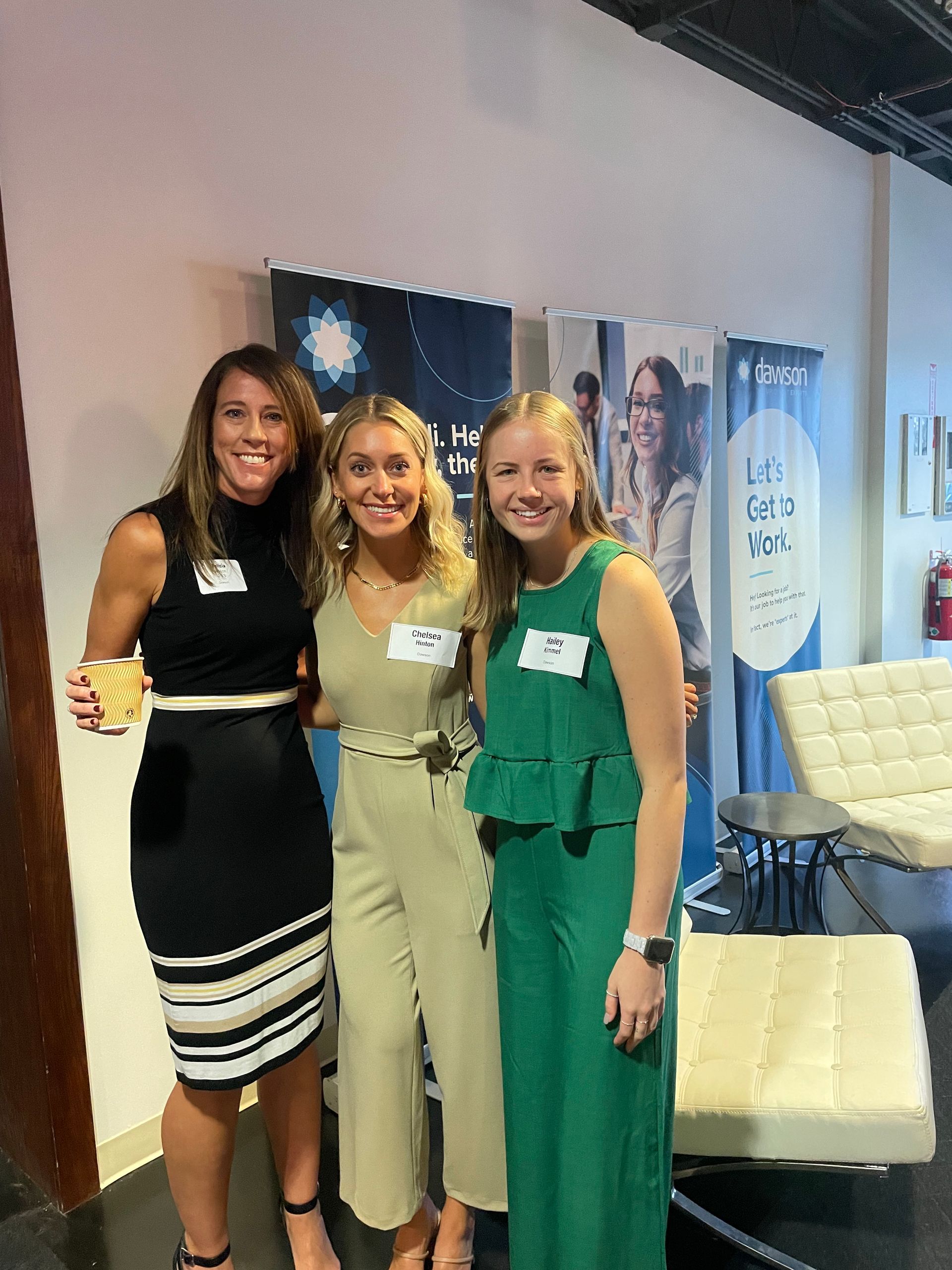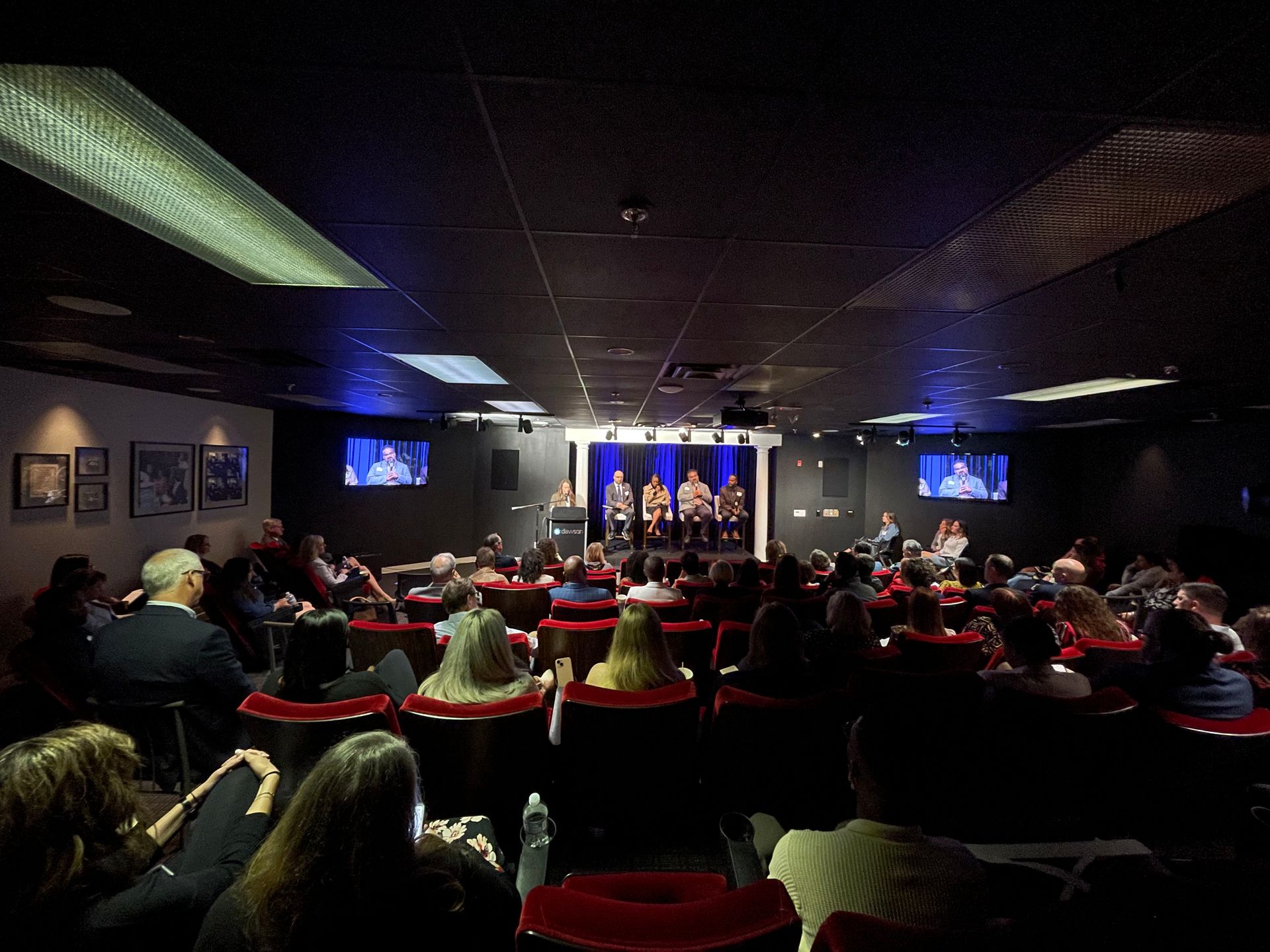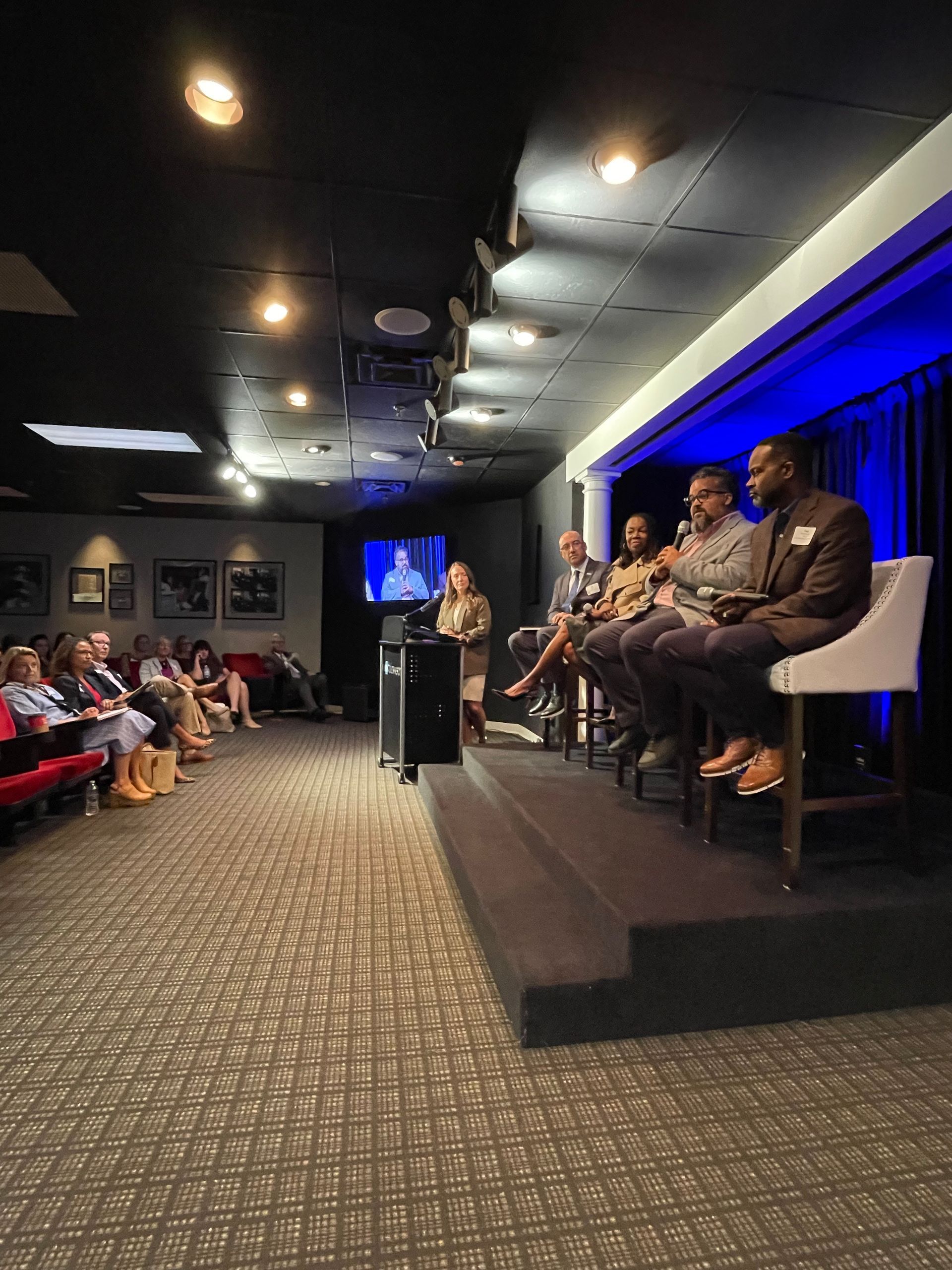


Highlights from the
2023 Central Ohio Workforce Summit
ARTICLE BY:
The Business Journals Content Studio
Oct 26, 2023
The workforce is at the top of the list
of hot topics for business leaders
in Central Ohio as they try to find the right balance among filling open positions with qualified workers, retaining their best employees, managing increasing payroll budgets and executing their office space needs and hybrid/remote policies.
This comes as a recent Bizjournals.com report
shows employers need to brace for a “forever” labor shortage because fewer people will be working by the end of the decade.
The workforce is at the top of the list of hot topics for business leaders in Central Ohio as they try to find the right balance among filling open positions with qualified workers, retaining their best employees, managing increasing payroll budgets and executing their office space needs and hybrid/remote policies.
This comes as a recent Bizjournals.com report shows employers need to brace
for a “forever” labor shortage because fewer people will be working by the end
of the decade.
At the recent “Central Ohio Workforce Summit: Addressing workforce challenges in 2023 and beyond” – presented by staffing firm Dawson in partnership with Columbus Business First – attendees were able to hear from the region’s leaders about what they are experiencing during this challenging environment and what solutions can be deployed to attract and retain talent.
This comes as a recent Bizjournals.com report shows employers need to brace for a “forever” labor shortage because fewer people will be working by the end of the decade.
At the recent “Central Ohio Workforce Summit: Addressing workforce challenges in 2023 and beyond” – presented by staffing firm Dawson in partnership with Columbus Business First – attendees were able to hear from the region’s leaders about what they are experiencing during this challenging environment and what solutions can be deployed to attract and retain talent.
Ola Snow, chief human resources officer at Cardinal Health, gave the keynote address.
Her presentation was followed by a panel discussion that featured:
- Dave Cofer, senior director, community partnerships, Columbus State Community College
- Stephanie Hightower, president and CEO, Columbus Urban League
- Nick Jones, vice president of community wellness, Nationwide Children’s Hospital
- Doug McCollough, CEO, Color Coded Labs and CIO, City of Dublin
The following are excerpts from the event, which have been edited and condensed for clarity.
Keynote Highlights
Snow said there are three keys to the company’s success: employee engagement, culture and a commitment to diversity, equity and inclusion (DEI) and mental health. “We know that an engaged workforce is a more productive workforce,” she said. “We know the business case is crystal clear that companies that think about DEI produce better results, more revenue, more innovation, and it hits the bottom line. And I also know that workers are coming to work every day dealing with some kind of issue in their life. At Cardinal Health, we pay attention to those three things, because it’s not only the right thing to do, but we believe it’s the smart thing to do. And it does deliver better business results.
Panel Discussion Highlights
THE SKILLS GAP
Cofer said 87% of the region’s companies are aware there’s a workforce skills gap. That’s why workforce development is an essential pillar of the college’s strategic planning. “The Columbus region is experiencing a situation such that emerging industries are coming into our region – they’re here now,” he said. “And their talent needs are requiring quick turnarounds, in some cases standing up the talent in less than a calendar year. We feel like Columbus State is built for that with and through the support of important community partners.”
The college plays a “convener partner role” in the region, including being a part of the Ohio Semiconductor Collaboration Network and leading the National Information Technology Innovation Center that will work with employers and community colleges across the country to prepare highly skilled technicians through credential programs that take two years or less.
DEVELOPING TALENT
Nationwide Children’s believes it’s important to be “proximate to the issue,” when developing its workforce. That’s why it opened The Residences at Career Gateway on the South Side of the city to provide 58 units of affordable apartments along with an on-site career development training center. Because of the center, the hospital is able to reach out to the hundreds of people from the South Side that apply for jobs – but initially don’t receive an offer – and give them the training they need to land their first position.
“And then we engage them in career pathway programming (because) the win is not the first job,” Jones said. “The win is, ‘What training are we providing beyond that? How are we partnering with Columbus State to pay for certification courses that can prepare them for other real livable wage opportunities that helps them advance and really establishes their career?’”
THE CULTURE COMPONENT
Businesses will not be able to retain people from marginalized communities if they do not create an engaging culture that allows them to be successful, Hightower said. “As we look at placing people from the minority community into opportunities in the private sector, a lot of the retention issues are because the culture is not accepting of those Black and brown people,” she said. For example, she reffered to the C.R.O.W.N. Act that protects against race-based hairstyle discrimination in the workplace and public schools.
“We still have issues around not being able to be your authentic self when you come to work,” she said. “And so, from the private sector perspective, you have to create that culture for Black and brown people to come to work (and be) their authentic selves. And they will then ggive you the 100%. DEI is a lot more than just, ‘oh, okay, we hired some Black and brown people last week so we can now say our percentage rate is up.’ What are you doing to keep them there? It’s about listening to your employees, talking to them openly and having some critical conversations about whether or not your culture is inviting enough for them to stay.”
FINDING NEW WAYS TO ENGAGE
Leaders should find creative ways to engage with their talent marketplace instead of staying stuck in the office or being solely focused on delivering a product or meeting quarterly quotas, McCollough said.
That’s because the system that undergirds the talent acquisition process doesn’t work ideally for the employer or job seeker, he said. Thinking about hiring from a team mindset can lead to better outcomes. “We try to bring team leads into our meet and greets at Color Coded Labs so that they can meet some of the folks,” he said. “Because often people coming to the table to fill those roles, they really are not having the conversation about being a productive member of that team. (They are) having a technical conversation, ‘Can you do this job, you have three years of experience.’ (That’s) opposed to (hearing), ‘I'm just like you, I do gaming or I have a similar background to yours and you are just like me. And so now we can form a team together.’ ”
Highlights from the 2023
Central Ohio Workforce Summit
ARTICLE BY:
The Business Journals Content Studio
Oct 26, 2023
The workforce is at the top of the list
of hot topics for business leaders
in Central Ohio as they try to find the right balance among filling open positions with qualified workers, retaining their best employees, managing increasing payroll budgets and executing their office space needs and hybrid/remote policies.
This comes as a recent Bizjournals.com report
shows employers need to brace for a “forever” labor shortage because fewer people will be working by the end of the decade.
The workforce is at the top of the list of hot topics for business leaders in Central Ohio as they try to find the right balance among filling open positions
with qualified workers, retaining their best employees, managing increasing payroll budgets
and executing their office space needs and hybrid/remote policies.
At the recent “Central Ohio Workforce Summit: Addressing workforce challenges in 2023 and beyond” – presented by staffing firm Dawson in partnership with Columbus Business First – attendees were able to hear from the region’s leaders about what they are experiencing during this challenging environment and what solutions can be deployed to attract and retain talent.
This comes as a recent Bizjournals.com report shows employers need to brace for a “forever” labor shortage because fewer people will be working by the end of the decade.
At the recent “Central Ohio Workforce Summit: Addressing workforce challenges in 2023 and beyond” – presented by staffing firm Dawson in partnership with Columbus Business First – attendees were able to hear from the region’s leaders about what they are experiencing during this challenging environment and what solutions can be deployed to attract and retain talent.
Ola Snow, chief human resources officer at Cardinal Health, gave the keynote address.
Her presentation was followed by a panel discussion that featured:
- Dave Cofer, senior director, community partnerships, Columbus State Community College
- Stephanie Hightower, president and CEO, Columbus Urban League
- Nick Jones, vice president of community wellness, Nationwide Children’s Hospital
- Doug McCollough, CEO, Color Coded Labs and CIO, City of Dublin
The following are excerpts from the event, which have been edited and condensed for clarity.
Keynote Highlights
Snow said there are three keys to the company’s success: employee engagement, culture and a commitment to diversity, equity and inclusion (DEI) and mental health. “We know that an engaged workforce is a more productive workforce,” she said. “We know the business case is crystal clear that companies that think about DEI produce better results, more revenue, more innovation, and it hits the bottom line. And I also know that workers are coming to work every day dealing with some kind of issue in their life. At Cardinal Health, we pay attention to those three things, because it’s not only the right thing to do, but we believe it’s the smart thing to do. And it does deliver better business results.
Panel Discussion Highlights
THE SKILLS GAP
Cofer said 87% of the region’s companies are aware there’s a workforce skills gap. That’s why workforce development is an essential pillar of the college’s strategic planning. “The Columbus region is experiencing a situation such that emerging industries are coming into our region – they’re here now,” he said. “And their talent needs are requiring quick turnarounds, in some cases standing up the talent in less than a calendar year. We feel like Columbus State is built for that with and through the support of important community partners.”
The college plays a “convener partner role” in the region, including being a part of the Ohio Semiconductor Collaboration Network and leading the National Information Technology Innovation Center that will work with employers and community colleges across the country to prepare highly skilled technicians through credential programs that take two years or less.
DEVELOPING TALENT
Nationwide Children’s believes it’s important to be “proximate to the issue,” when developing its workforce. That’s why it opened The Residences at Career Gateway on the South Side of the city to provide 58 units of affordable apartments along with an on-site career development training center. Because of the center, the hospital is able to reach out to the hundreds of people from the South Side that apply for jobs – but initially don’t receive an offer – and give them the training they need to land their first position.
“And then we engage them in career pathway programming (because) the win is not the first job,” Jones said. “The win is, ‘What training are we providing beyond that? How are we partnering with Columbus State to pay for certification courses that can prepare them for other real livable wage opportunities that helps them advance and really establishes their career?’”
THE CULTURE COMPONENT
Businesses will not be able to retain people from marginalized communities if they do not create an engaging culture that allows them to be successful, Hightower said. “As we look at placing people from the minority community into opportunities in the private sector, a lot of the retention issues are because the culture is not accepting of those Black and brown people,” she said. For example, she reffered to the C.R.O.W.N. Act that protects against race-based hairstyle discrimination in the workplace and public schools.
“We still have issues around not being able to be your authentic self when you come to work,” she said. “And so, from the private sector perspective, you have to create that culture for Black and brown people to come to work (and be) their authentic selves. And they will then ggive you the 100%. DEI is a lot more than just, ‘oh, okay, we hired some Black and brown people last week so we can now say our percentage rate is up.’ What are you doing to keep them there? It’s about listening to your employees, talking to them openly and having some critical conversations about whether or not your culture is inviting enough for them to stay.”
FINDING NEW WAYS TO ENGAGE
Leaders should find creative ways to engage with their talent marketplace instead of staying stuck in the office or being solely focused on delivering a product or meeting quarterly quotas, McCollough said.
That’s because the system that undergirds the talent acquisition process doesn’t work ideally for the employer or job seeker, he said. Thinking about hiring from a team mindset can lead to better outcomes. “We try to bring team leads into our meet and greets at Color Coded Labs so that they can meet some of the folks,” he said. “Because often people coming to the table to fill those roles, they really are not having the conversation about being a productive member of that team. (They are) having a technical conversation, ‘Can you do this job, you have three years of experience.’ (That’s) opposed to (hearing), ‘I'm just like you, I do gaming or I have a similar background to yours and you are just like me. And so now we can form a team together.’ ”
Happening Next Year: 2024
Central Ohio Workforce Summit
Addressing Workforce Challenges in 2024 and Beyond
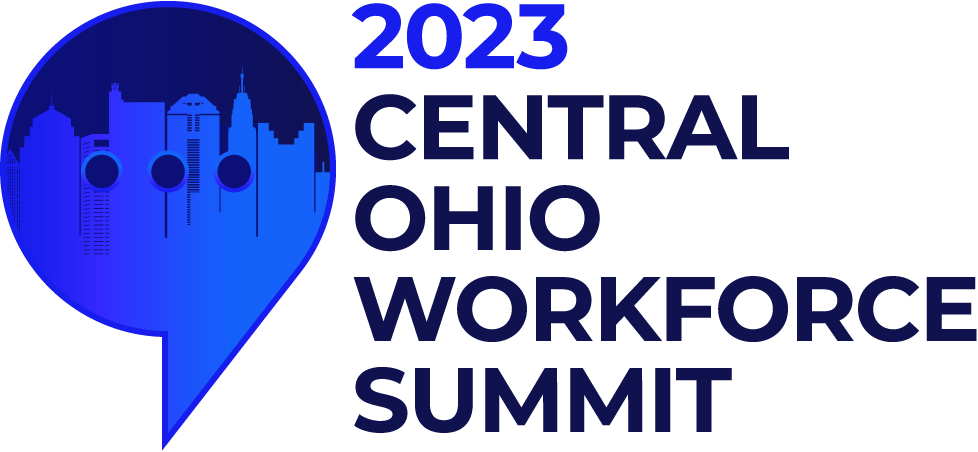
Happening next year: 2024 Central Ohio Workforce Summit
Addressing workforce challenges in 2024 and beyond.
October 2024
7:30 to 10:30am
Dawson Theater
1114 Dublin Rd.
Columbus, OH 43215
In-person & virtual
More details to come.
October 2024
━
7:30 to 10:30am
Dawson Theater
1114 Dublin Rd.
Columbus, OH 43215
In-person & virtual
━
More details to come.
Copyright © 2020–2028 DeCapua Enterprises, Inc. All Rights Reserved. | Privacy Policy


